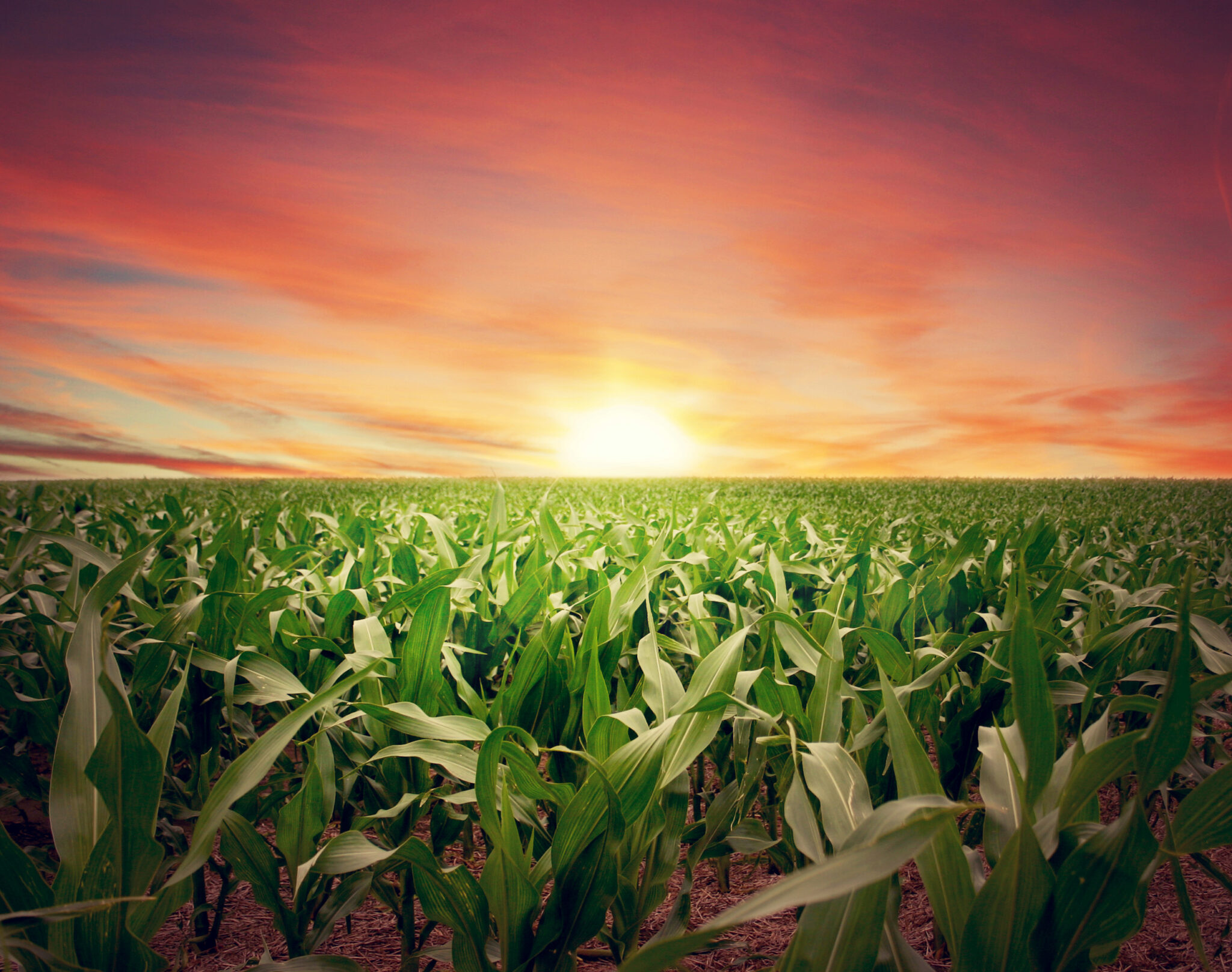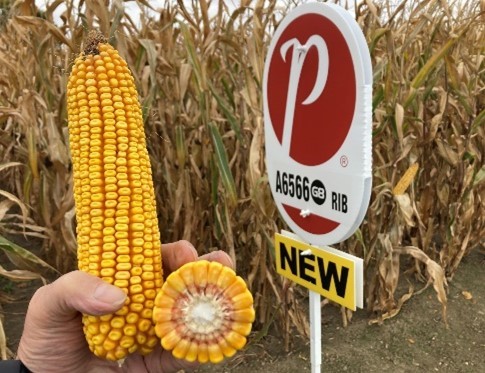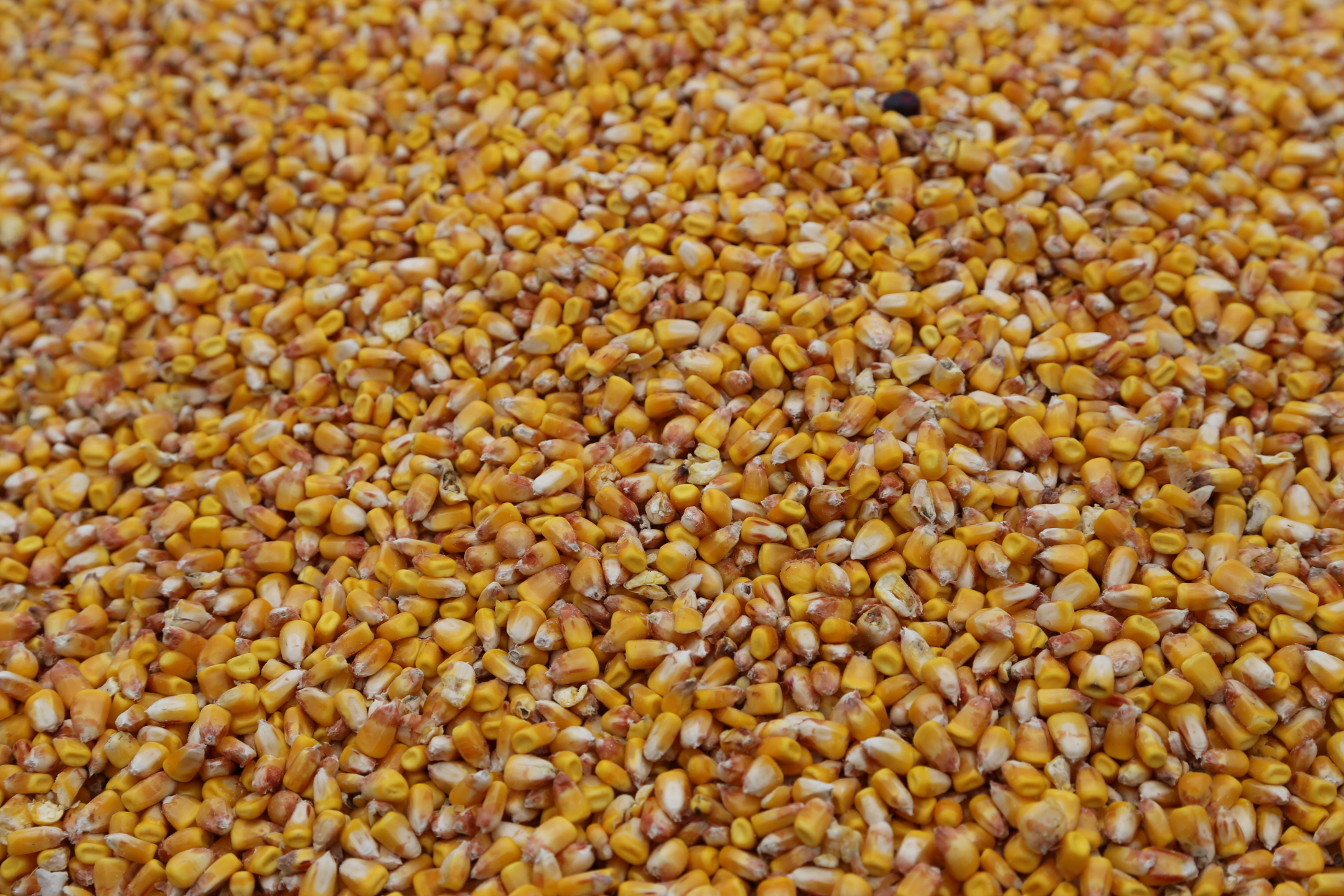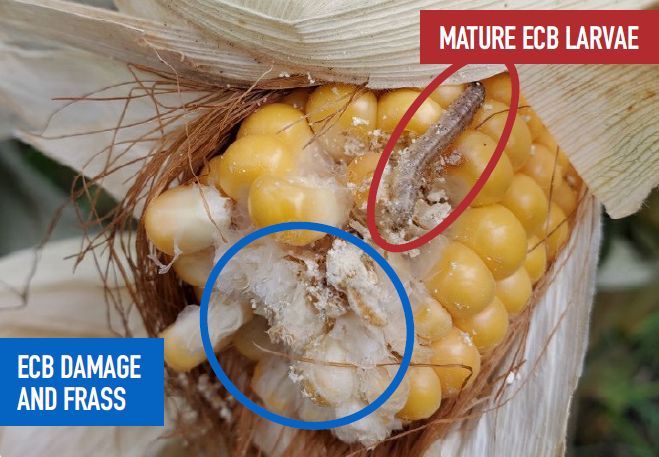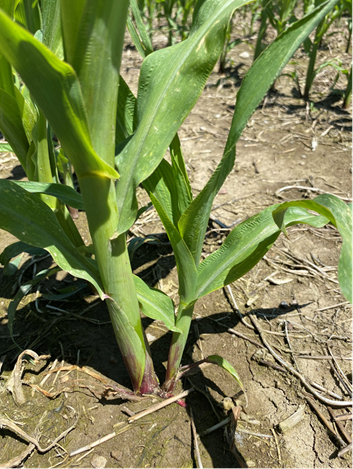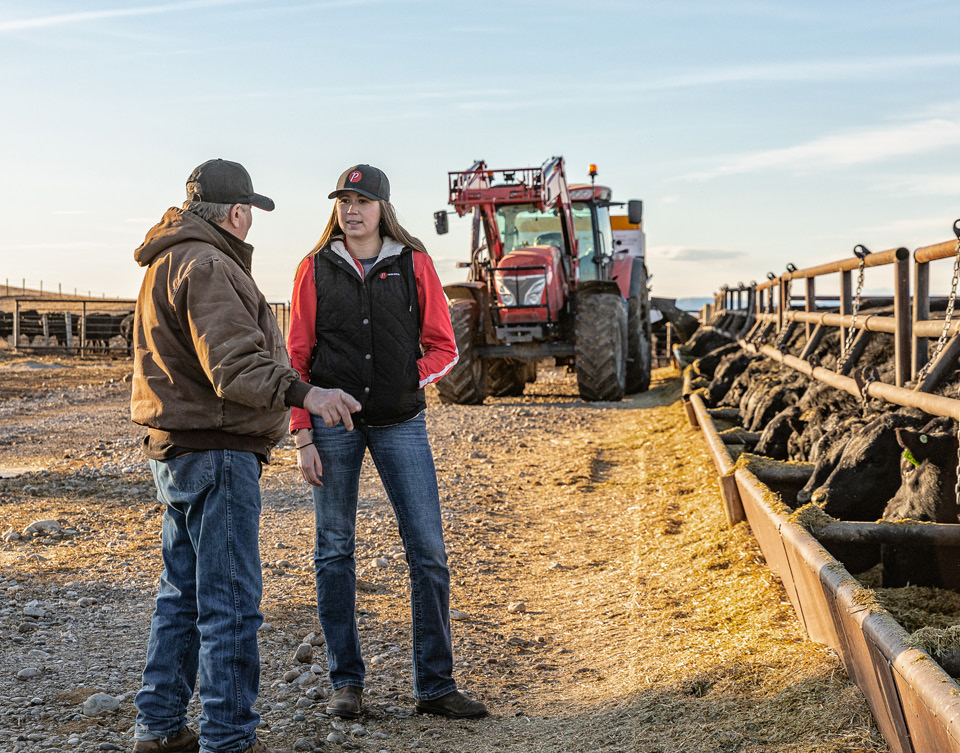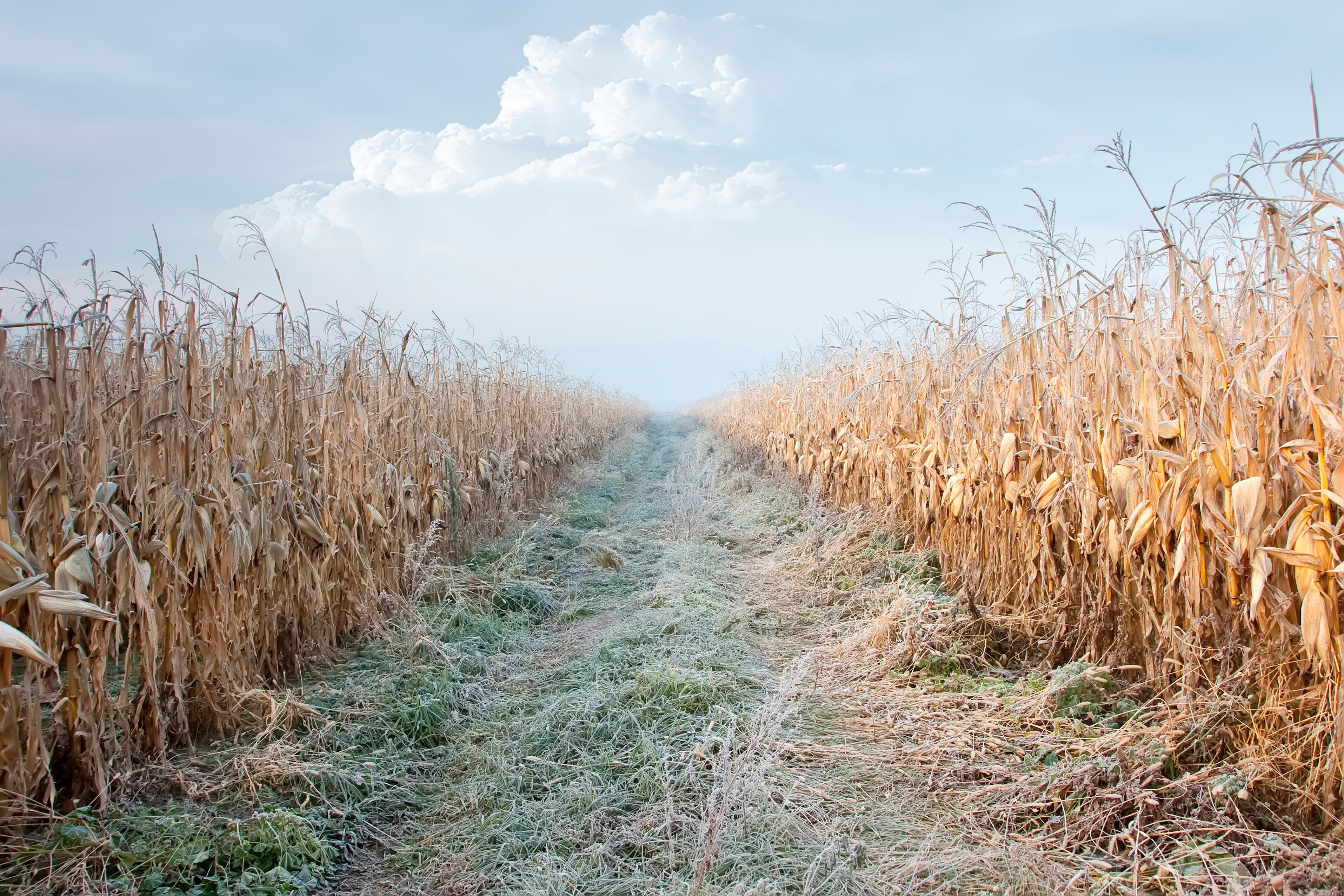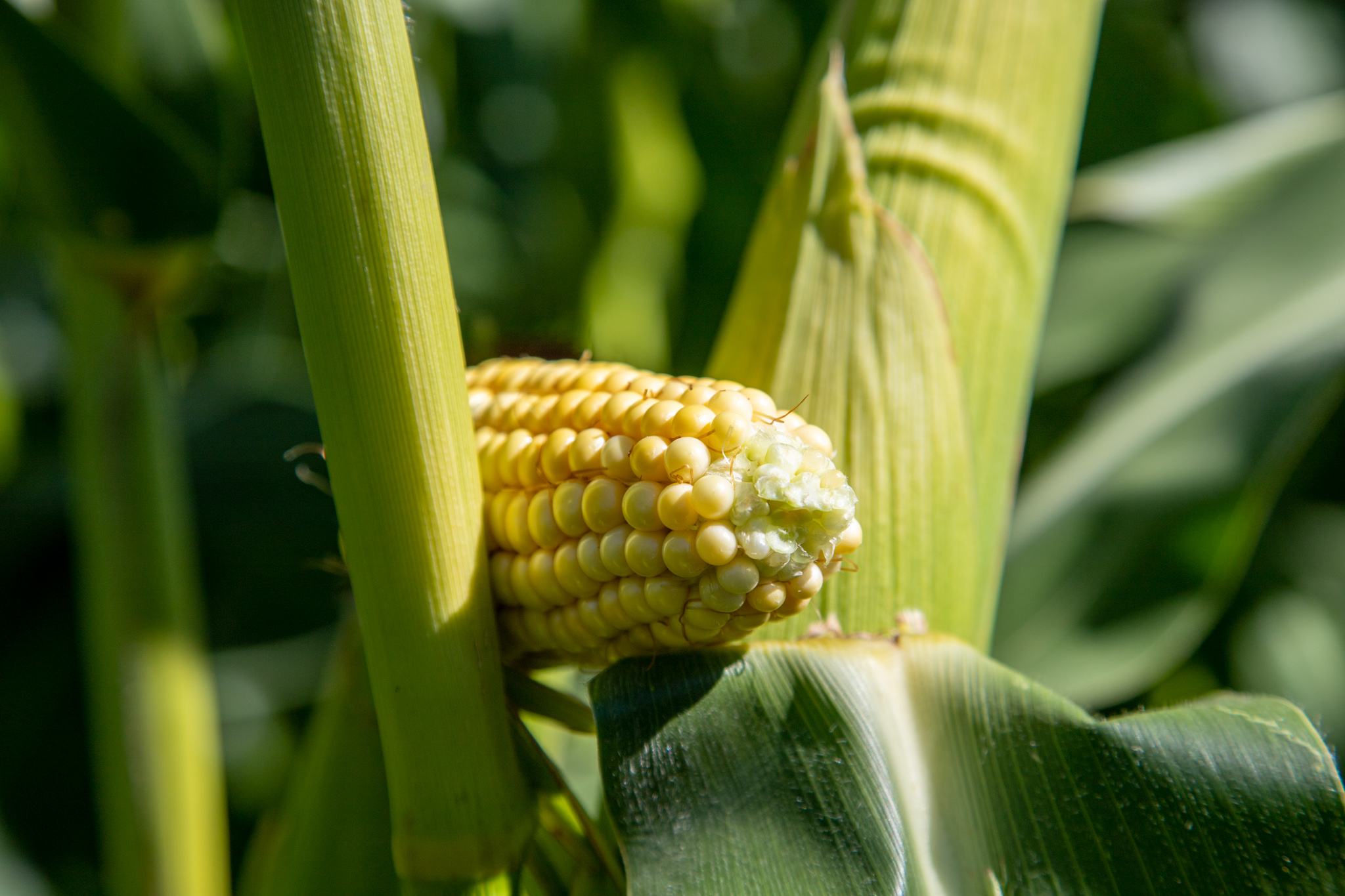Sunlight is important for photosynthesis and carbohydrate production. The wildfires across Canada have caused a week of hazy overcast weather in the early V1-V6 stage.
FieldTalk
Picking a corn hybrid to grow for silage can be a daunting task. There are several factors to be considered that differ from simply looking at yield and moisture, as we would tend to do with grain corn.
This hybrid has us really excited. Yield results from our plots this year have shown that it has an edge on A6455G8 (+13 bu) and A6585G8 yield wise (+7.4 bu) and it has proven to be a strong silage hybrid as well in our commercial plots this year!
Seed corn kernels can come in a variety of sizes and shapes ranging from either large rounds (kernels from the base of the ear), flats (from the center of the ear), and small rounds (from the tip of the ear).
As 2023 seems to be flying by, we wanted to use this newsletter as an opportunity to review five different corn agronomic issues we saw during the 2022 growing season in Manitoba, Saskatchewan and Alberta.
Tillering is a common phenomenon in grasses. Several cereals such as wheat and barley for example benefit from this and this is particularly true in winter cereals where each additional tiller produces a generally harvestable spike head.
This fall couldn’t have been better for corn silage harvest, grain corn harvest and fall field work, but I think it’s fair to say that winter has arrived!
There will be a large difference between a “simple frost” that just damages or kills some of the leaves vs. a “killing frost” that completely stops thephotosynthesis of the plant. Learn more:
PRIDE Seeds agronomist Matt Chapple shares how seed companies stress test hybrids to ensure only the best, most resilient hybrids make it to market. He also discusses how hybrid performance can vary in different environments and why it’s critical to properly position a hybrid on a farm to optimize yield.
Whether the corn crop is just being planted or is emerging in the field, it’s time to do some digging around.

